Written by Guest Contributor on The Prepper Journal.
Editor’s Note: Another guest submission from Zac Martin. The subject of Ham communications has been touched upon in the past, once from Pat Henry – Should You Get a HAM Radio License or Hide from the Government? back in 2013 and once from R. Ann Parris – Radio Silence, Communications Without Electronics in March of this year. This article should help in your decision on which path to take, or not take.
To be more specific, this article will tell you how to pass the Technician license exam, which is where you’ll want to start if you’re a beginner. I just finished taking my exam and I passed on the first try. I figured this would be a good chance to expand on what it takes to pass the Tech exam and what do you need to know about it to avoid any surprises.
There are three classes of HAM radio licenses available to civilians: Technician, General, and Extra. Technician is going to be where you want to start, with the other licenses being good ideas a little down the road after a little bit more practice.
The Technician license exam will have 35 questions, you can miss 9. Miss any more than that and you’re going to end up having to take the exam again. However, with the right study tips, passing on the first attempt shouldn’t be a problem. I did quite a bit of researching and studying prior to the exam, and here are the tools that I found the most helpful:
1) Hamstudy.org Fashcards– I studied from several different HAM exam prep websites, but I found this one to be the best. Not only do the flash cards on this site cover all 426 questions from the question bank that your test will pull from, but they let you know the reasoning behind each correct answer as well.
As you miss questions in the flash cards, they’ll cycle back through the stack and you’ll find yourself being asked the same question multiple times throughout your studying to help ensure that you know the correct way to answer the questions that you missed.
The website even keeps a visible graph open for you at all times showing you what percentage of questions from each submodule that you’re getting correct. Should you notice that you’re scoring low on a particular submodule then you can specifically request to only be given flashcards from that specific section, allowing you to really hammer down on what it is that you’re missing.
Over time, the website will let you know what your overall grade is. By test day, my overall grade on the website was an 81%. I ended up with an 80% on the actual licensing exam, so I’d say that the website will give you a pretty clear view of where you stand on things.
2) Hamstudy.org Practice Tests – This is the other cool part of hamstudy.org, the practice tests look exactly like the actual test will. They have 35 questions, and they pull questions from all of the different sub modules that the exam will draw from. After you finish the test and submit it, your grade will appear and you will be able to go back and see what you missed, what the correct answer was, and why. I found it to be incredibly helpful, and it really helped me to know what to expect from the exam.
As a result, when the exam was placed in front of me I had absolutely zero test anxiety. I already knew what the thing was going to look like and I felt confident with my having studied over every potential question from the question bank that there was. A good chunk of this confidence came from having taken these practice tests multiple times.
3) Dan Romanchik’s Free Study Guide – Though it is a lot of pages (40+ to be exact), I printed off the entire free exam prep e-book and read it through multiple times prior to taking the exam. This thing is worth its weight in gold. I actually recommend taking this step first. It will help you to ensure that you are prepared for hamstudy.org’s practice questions.
This free e-book will also tell you the formulas that you are going to need to know for the exam. Fortunately, there’s really only two that you need to know from Ohm’s Law E=IR, and P=EI. If you know those two equations, you’ll be good for most of the math problems.
You can find the e-book at this link: https://www.kb6nu.com/wp-content/uploads/2015/03/2014-no-nonsense-tech-study-guide-v20.pdf
4) Memorize the different bands – I didn’t see these anywhere within the free study guide, but found that if you don’t know them, you’re going to miss quite a few questions on the exam. You just straight up have to memorize these. I just wrote them all down in a little notebook that I’m constantly carrying with me, and would occasionally glance at them while I was at work.
10 meters = 29.600MHz
6 meters = 52.525MHz
2 meters = 146.52MHz
1.25 meters = 223.50MHz
70cm = 446.00MHz
33cm = 906.50MHz
23cm = 1294.50MHz
5) Ask around to see if there are other HAMs in your area – Initially I had been looking all over online to see where the closest testing center would be to me. The closest one I found was several weeks in the future and about a two-hour drive from where I live. Not ideal, I wanted to quickly study the material and move on my merry way, but I planned to make a day trip out of it.
HAM radio came up in conversation while at work though, and by talking with people there I discovered that there was actually a local club in my town that was able to test me and within just a couple of days. That would mean I wouldn’t have to stress for multiple weeks before taking the exam. I was familiar with Parkinson’s Law, stating that work expands to take up the time that we give it, so I knew that if I set a deadline of two weeks that would give me plenty of time to prepare while simultaneously ensuring I don’t wait until the last minute.
Anyways, thanks to that conversation at work I discovered that there were actually several local testing centers that I could have taken the exam at that didn’t show up on the official American Radio Relay League, ARRL website. When I showed up to take my exam I notified the proctor that they weren’t popping up online, and they mentioned that they had been having trouble with that for quite some time. I suppose that’s a fairly common problem, because from what the proctor told me there were several other testing sites in my area that I could have gone to, and not a single one of those sites was popping up on the ARRL website either.
So, if you know a local HAM ask them where you can test at as it just may save you a good chunk of change in gas money.
So what did I do to Prepare?
I studied for two weeks for maybe 30 minutes every day or so. If engineering, physics, and electronics come easy to you, then you may be able to get by with less time. I’m terrible at and foreign to them, so that’s what it took me.
I spent the first week reading through the free e-book and highlighting what I thought was important. It was pretty content heavy, so just about the whole thing ended up yellow for me. You may say that’s not really productive, but it allowed me time to slowly think over what I had just read, and helped me to sift through a lot of word fluff when I would refer to the page later on.
I spent the second week taking hamstudy.org’s practice tests and flashcards. I started on Day 8. I sat my butt down for a solid 1.5 hours as I went through all 426 flash cards for the test. As mentioned before, the website keeps a tab running for you showing not only what percentage of the questions that you’ve seen, but what your grade is by that point as well. My score was abysmally low at this point. I was most definitely learning, but the knowledge was still marinating in my head and needed a bit more practice.
On days 9-14 I spent about 30 minutes every night going through flash cards and then taking 2 practice tests while my wife watched Hallmark Christmas movies. I was sitting by her on the couch and able to take a quick break if she had any questions, so this really didn’t force me to be present-yet-absent while I studied.
By the time test day came around, I showed up and paid my $15 cash in exact change (they may not have change otherwise) and sat down to a pencil and paper test. I ended up missing 6 and passing my exam about 20 minutes from when I started. Honestly, you could probably finish it even quicker than that if electronics is something that comes easily to you. I’m pretty terrible at that stuff, so if I can pass it, I know you can too.
After you pass the exam, the proctor will give you your licensing ticket. That doesn’t mean that you can go home and get on the radio that night though. You’ll have to wait several days for your name and call sign to finally be listed on the official website. Only then can you begin to broadcast over the radio using your call sign.
Mine hasn’t been posted yet, but I’ve been told it takes about a week or two. If you follow the above steps, I’m fairly confident that you’ll be able to pass this thing on the first try. As I mentioned before, I’m terrible with this type of material. It by no means come easily to me. But I do feel that I am good at studying, and by that, I mean I can sit down and force myself to go over flashcards for a confusing-to-me subject.
If I can do it, you can do it.
Follow the tips, peacefully take the test, and maybe someday we’ll talk over the radio together!
The post How to Pass the HAM Radio Exam appeared first on The Prepper Journal.
from The Prepper Journal
Don't forget to visit the store and pick up some gear at The COR Outfitters. How prepared are you for emergencies?
#SurvivalFirestarter #SurvivalBugOutBackpack #PrepperSurvivalPack #SHTFGear #SHTFBag

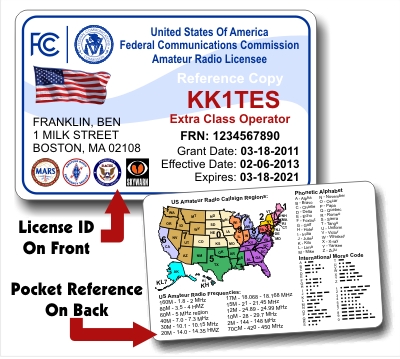
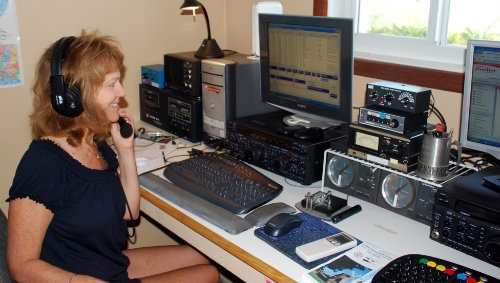
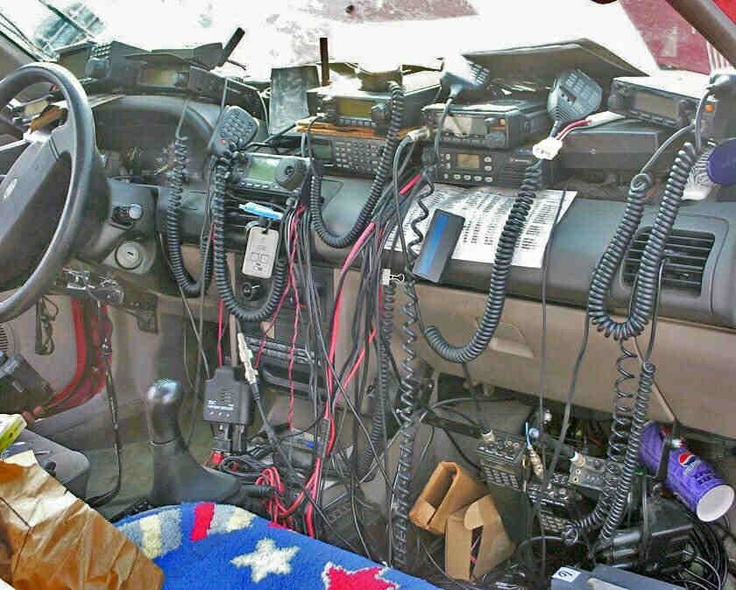
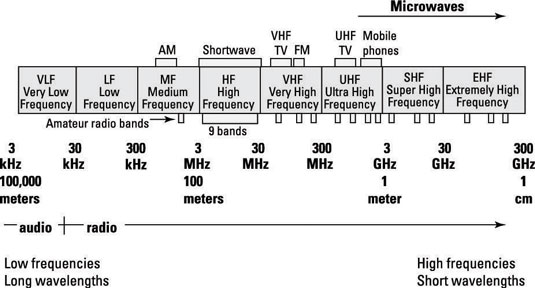
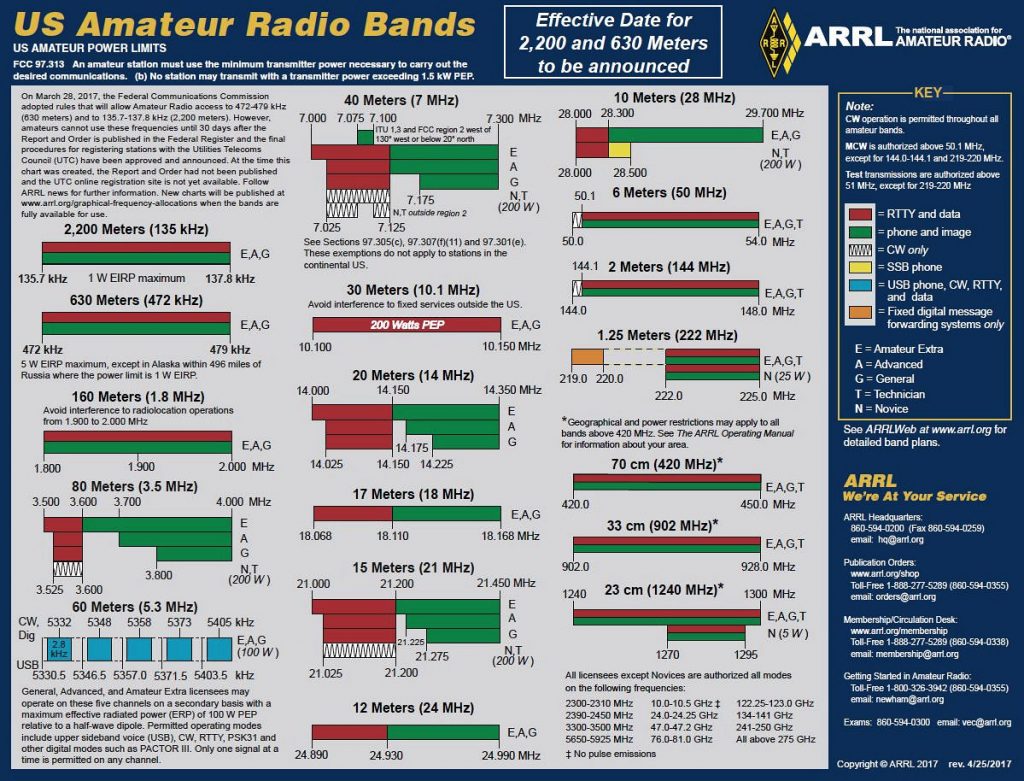




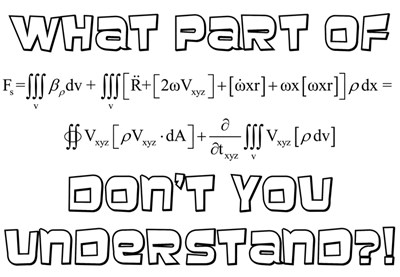
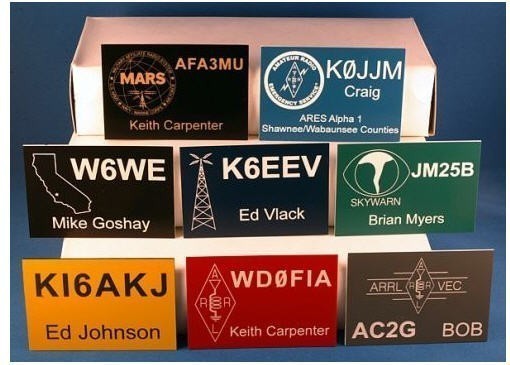
No comments:
Post a Comment